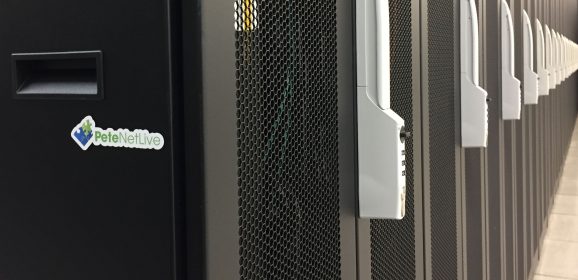Active Sync Support Code:0x85010014 On Mobile Device
KB ID 0000010 Problem Note: This Article has been updated please go here When you try and run ActiveSync (from a mobile device), it fails with this error code 0x85010014 Solution Note: This is lifted (with some subtle changes) Directly from http://support.microsoft.com/kb/817379 Before you begin To create a secondary virtual directory for Exchange that is based on steps 1 through 4 of the following procedure, make sure that...
Watch BBC iPlayer on your Windows Mobile Device
KB ID 0000160 Problem At time of writing only the Samsung i900 is supported, which is great if – unlike me you have one, however if you don’t then you need a workaround. Solution 1. You need to install the Opera Browser on your device Click Here 2. Launch Opera and in the url bar go to opera:config 3. Scroll all the way down to Custom User-Agent and type in sgh-i900 4. Scroll all the way down and click Save, (If it asks...
‘BTTRAYCE’ is not a valid Pocket PC application
KB ID 0000168 Problem Seen, post install of TomTom 7 you will get this error when the phone boots, also Bluetooth will NOT WORK This happens because TomTom drops in a couple of .dll files to the phones Windows Directory. Solution You need to rename the .dll files in question, thay are, WindowsBtSdkCE30.dll WindowsBtCoreIf.dll This should be done on the device, launch “File Explorer”, Note: thes files are hidden by...
Windows Mobile 7 – First Look
KB ID 0000225 Problem Although it was only unveiled in February, you can now get a better idea of what Windows Mobile 7 is going to look like. Solution 1. Firstly you need to download the Windows Phone Development kit. Once you have it downloaded follow the screen shots below. Click Image to Follow Install Sequence. 2. All Fine and Dandy but, all it has is internet Explorer, to see a bit more download A CUSTOM PHONE ROM and...
Cannot Sync HTC HD2 with Windows Mobile Device Center
KB ID 0000232 Problem This is what you are seeing This is what you want to see Solution This one had me stumped for a while, 1. On the phone go to settings, locate “Other”. 2. Select the USB to PC Option. 3. Select ActiveSync, and untick “enable faster data syncronisation” > OK. 4. Now when you reconnect the phone, the drivers will install, and you can sync. Related Articles, References, Credits, or...
Manage your Cisco Firewall from your Windows Mobile Device
KB ID 0000158 Problem You have a new windows mobile device and your bored! – well not really, I hope I never have to do this in anger but, It was an exercise in proving it can be done 🙂 Solution Before you start you need to ensure the following has been done, 1. The firewall in question needs an RSA Key generating on it, (on the firewall issue the following command “crypto key generate rsa” {without the quotes}. 2....







